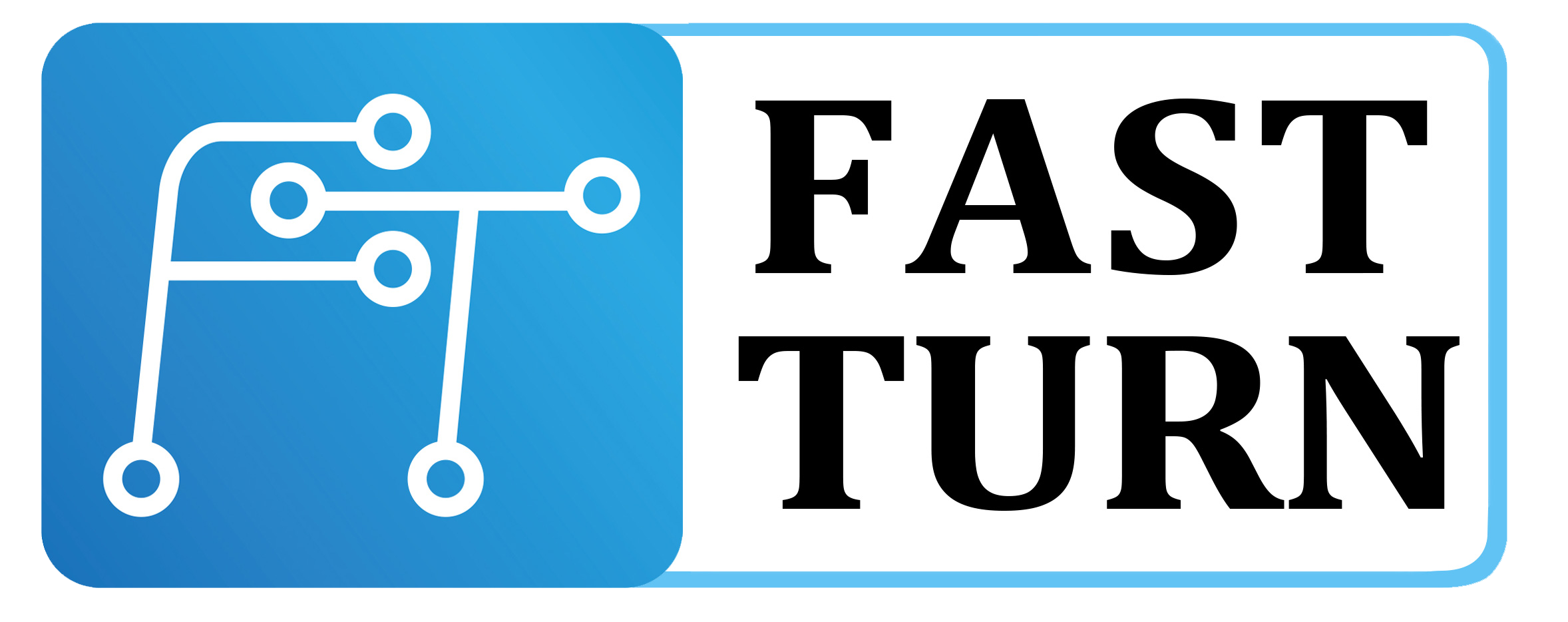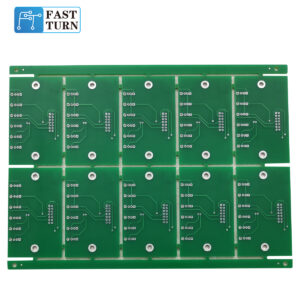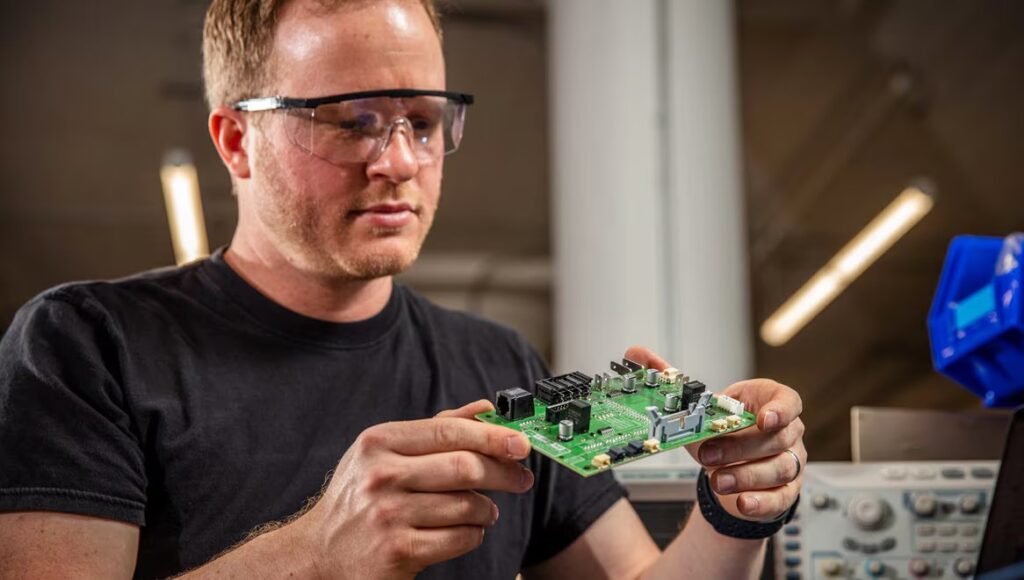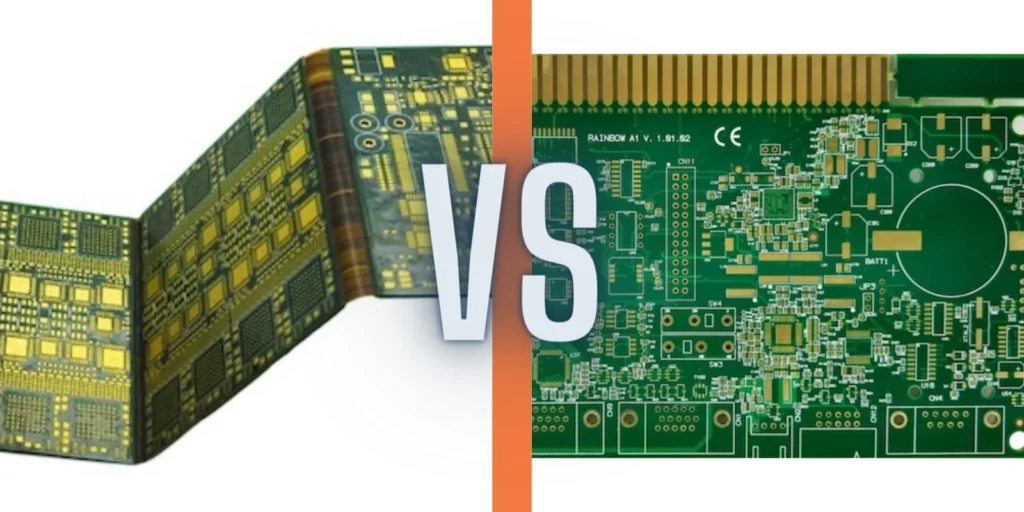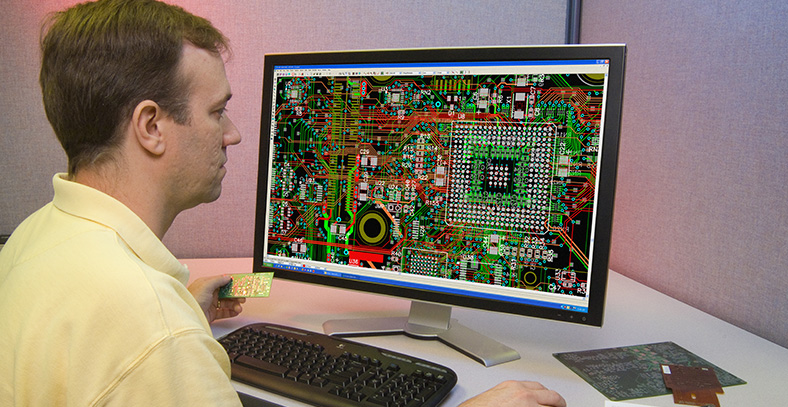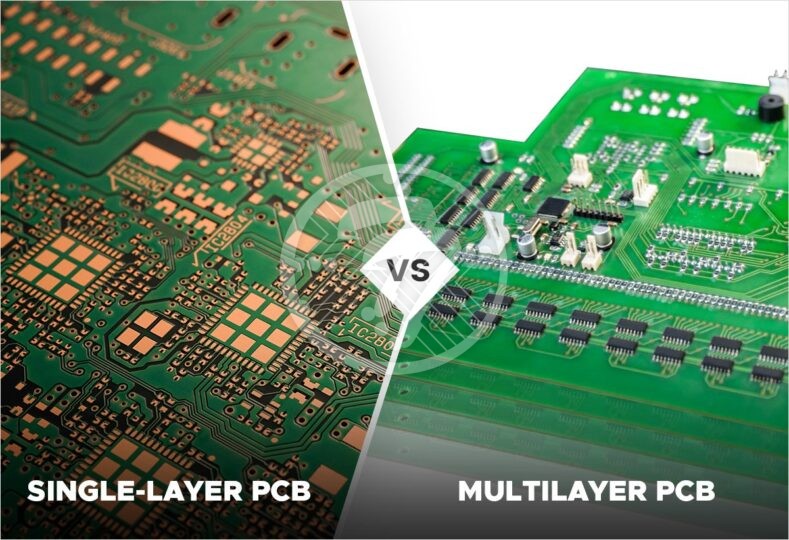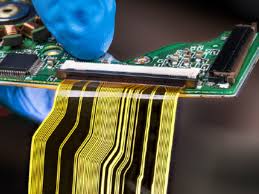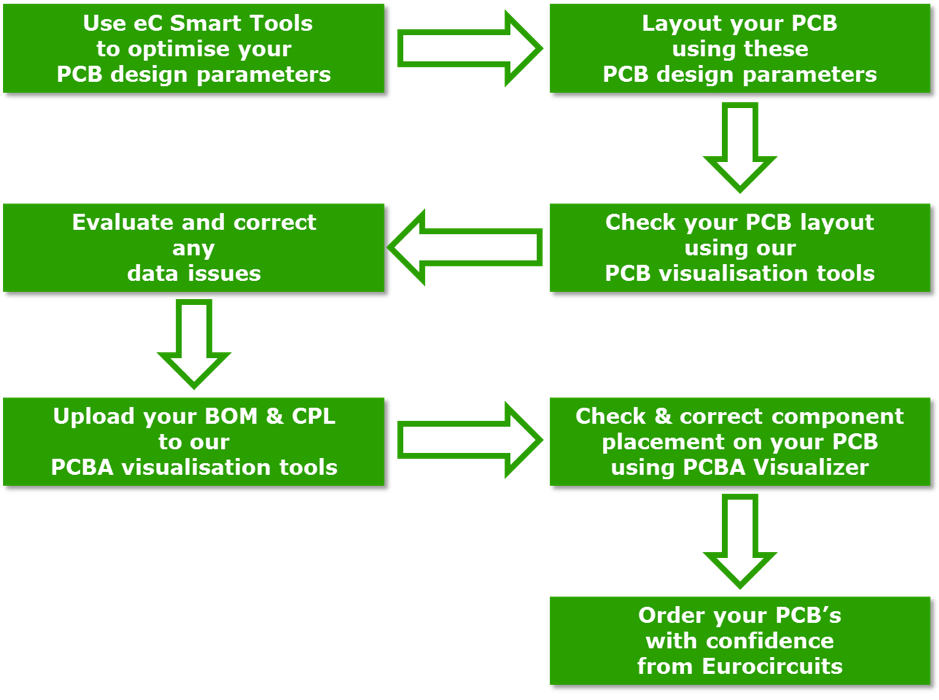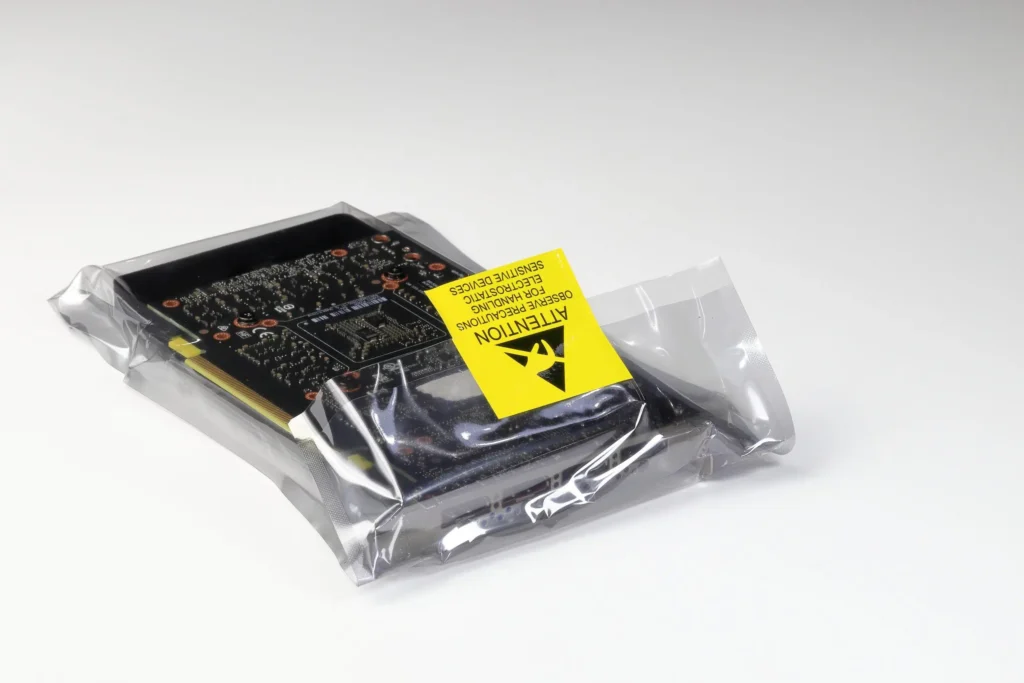The selection of circuit board boards is crucial for the stability of electronic device performance. Common boards include FR-4, aluminum substrate, flexible substrate, paper substrate, and fiberglass board, each with its own unique application scenarios. High performance boards such as ceramic substrates are suitable for high-power and high-frequency circuits. When choosing, it is necessary to comprehensively consider circuit design, working conditions, and cost.
1、 Common PCB boards
FR-4 board: Currently the most widely used circuit board board board, made by pressing epoxy resin and fiberglass cloth. This type of board has good mechanical strength, electrical performance, and heat resistance, and is reasonably priced with excellent processing performance. Therefore, it is widely used in various electronic devices.
Aluminum substrate: a metal based copper clad plate with aluminum alloy as the base layer, which has excellent heat dissipation performance. It is usually used in equipment that requires efficient heat dissipation, such as LED lighting and power supplies. In addition, it also has good mechanical strength and electromagnetic shielding effect.
Flexible substrate (FPC board): Using polyimide or polyester film as the substrate, characterized by high wiring density, light weight, thin thickness, and good bending performance. Very suitable for electronic products that require bending or curling, such as wearable devices and foldable phones.
Paper substrate: Made from phenolic resin impregnated paper as raw material, with low cost, good insulation and processability. Suitable for consumer electronics and household appliances that do not require high electrical performance and have a mild working environment. However, it should be noted that its heat resistance and dielectric performance are relatively weak.
Fiberglass board: mainly made of glass fiber, it has high mechanical strength and heat resistance, and is suitable for high temperature and high frequency application scenarios. Its electrical performance is stable and can withstand high operating temperatures and frequency changes.
2、 High performance board
In addition to the common boards mentioned above, there are also high-performance boards such as ceramic substrates and polyimide substrates. These boards have excellent high-frequency characteristics, stability, and high-temperature resistance, making them suitable for specific applications such as high-power, high-frequency, and high reliability circuit board manufacturing.
Especially ceramic substrates, mainly made of aluminum oxide, have extremely high thermal conductivity, insulation performance, and manufacturing accuracy, making them indispensable materials in high-end electronic devices.
3、 Selection suggestions
When selecting circuit board boards, it is necessary to comprehensively consider the requirements of circuit design, working conditions, and cost budget. Different plate models have different physical and chemical properties, and understanding these characteristics is crucial to ensure the performance and stability of electronic devices.
For example, for devices that require efficient heat dissipation, aluminum substrates are a good choice; For electronic products that require bending or curling, flexible substrates are more suitable.
